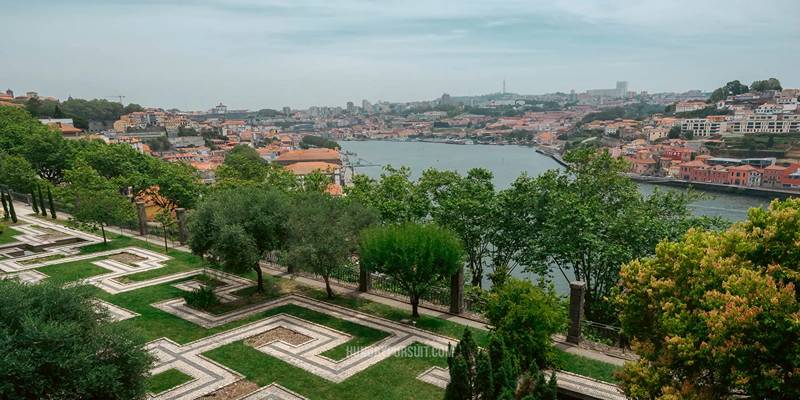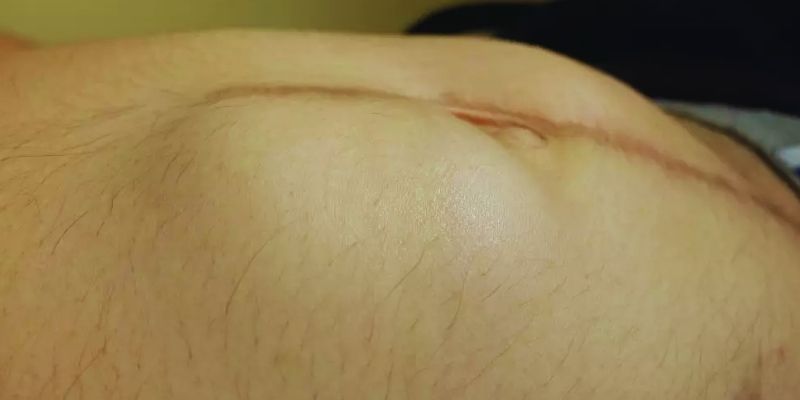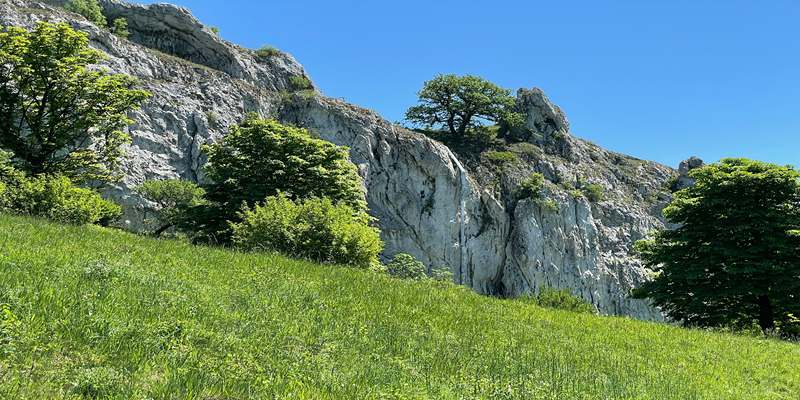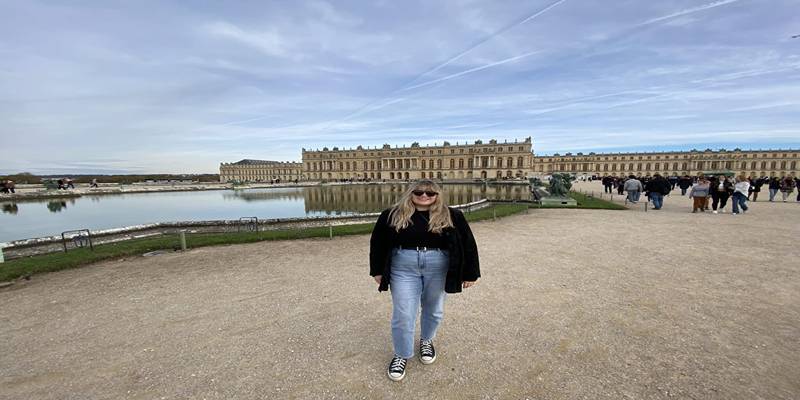Porto is the kind of place that doesn’t try too hard. It doesn’t need to. It has charm layered into its streets, warmth baked into its pastries, and a sense of rhythm that matches a weekend pace just right. If you only have two days here, that’s enough to get a feel for what makes this Portuguese city so quietly magnetic. It’s small enough to explore on foot but full enough that every corner can feel like a moment worth stopping for.
You won’t tick off every single thing. But that’s not the goal. The best weekends aren’t rushed. They leave space to pause, sip, and wander. Porto allows that. And this rough outline helps make the most of it without feeling like a checklist.
Saturday Morning: A Gentle Start In The Heart Of The City
The best way to begin a weekend in Porto is with a slow breakfast. Café Majestic on Santa Catarina is known for its ornate interior and pastries, though many locals prefer a quieter spot tucked away on a side street. No matter where you sit, start with a coffee and a pastel de nata. That small, golden custard tart does a lot with very little.
After that, a stroll down Rua de Santa Catarina gives a peek at the daily life of the city. It’s filled with small shops and occasional street musicians. A quick detour brings you to Mercado do Bolhão. Even if you’re not buying anything, walking through this traditional market gives a glimpse of what’s fresh, what’s local, and what matters to the people who live here.
From there, heading south leads toward the center—Praça da Liberdade. It’s a wide, open space framed by grand buildings, statues, and the famous Dom Pedro IV statue. Around here, you’ll find a few steep streets, so shoes with good grip help.
Saturday Afternoon: Views And Bridges

When the sun gets stronger, head toward Clérigos Tower. You don’t have to climb it, but it’s worth pausing in the area. Across the street, Livraria Lello sits. Some say it inspired parts of Harry Potter, though that’s up for debate. Even if you’re not a fan of fiction, the staircase inside is a beauty. It usually has a small entry fee, but the money goes toward book credit. If the line’s long, sometimes just admiring the outside is enough.
Next, make your way to São Bento Station. It might sound strange to stop at a train station, but the inside walls are covered with thousands of painted tiles—azulejos—each telling part of Portugal’s story. People walk in just to stare at the blue-and-white murals, and it doesn’t feel odd at all.
By now, it’s likely time to cross the Dom Luís I Bridge. The upper level is for trams and walkers. It’s high, open, and gives one of the best city views in Europe. On one side, you have Porto with its rooftops stacked on steep hills. On the other, Vila Nova de Gaia waits with wine cellars and riverfront paths. Pause in the middle. It’s one of those spots where everyone pulls out a camera, but even without one, the memory sticks.
Saturday Evening: Dinner, Riverlight, And Quiet Streets
Once you’re on the Gaia side, head toward the river. As the day cools, this area softens too. Tables start to fill with people ordering petiscos—small dishes meant to share. Sardines, cheese, olives, or a bowl of caldo verde, depending on the season. There are many places to eat, but it’s not about finding the best one. It’s about sitting still long enough to enjoy what’s in front of you.
After dinner, take a walk along the river. The lights from the city reflect on the water, and street performers usually appear near the wine lodges. Some nights feel almost theatrical, like someone’s dimmed the lights just right. It’s a good moment to be quiet, even in company.
Sunday Morning: Churches, Books, And a Quick Coffee
Sunday mornings feel soft in Porto. It’s a good time to explore places that are a bit quieter. Igreja do Carmo is one of those spots. It’s two churches built side by side, with a thin house squeezed in between them. The outside wall is covered in tiles, and the street around it is often calm before noon.
From here, walking toward Rua das Carmelitas brings you back into familiar streets, but they feel different in the early light. A small bakery or café will usually be open. Order a meia de leite and something warm. You don’t need much. Porto’s breakfast culture isn’t loud or rushed. It’s about pacing the day with intention.
Sunday Afternoon: Gardens And One Last View

Jardins do Palácio de Cristal is a great spot to stretch the legs. It’s not central, but still close enough to walk from the city center. These gardens aren’t flat or polished. They feel a little wild in places, with paths twisting past sculptures, fountains, and small peacocks. The views over the Douro River and beyond are some of the city’s most peaceful.
This part of the day works well for those who like to sit on a bench, scribble in a notebook, or just people-watch. Local families come here too, especially on sunny afternoons. If there’s time, a visit to the nearby Museu Romântico or the Museu Nacional Soares dos Reis adds a thoughtful pause.
As the afternoon leans into early evening, heading back toward the center brings things full circle. The Ribeira district, by the water, is often busy with foot traffic, but it holds its charm. If you didn’t catch it the day before, it’s a nice way to say goodbye to the city.
Conclusion
A weekend in Porto doesn’t demand much. It gives you stone steps, old facades, river light, and warm bread. The city doesn’t race. It invites. It’s not about ticking every sight but noticing the ones that appear when you walk a little slower. Two days can feel longer here—not because there’s less to do, but because time stretches differently.
You leave with full senses. The echo of shoes on cobblestone. The smell of roasted chestnuts. The way the bridge looks just before night. And even if you return one day, that first weekend will always feel like the one where you saw something simple, and it stayed with you.












